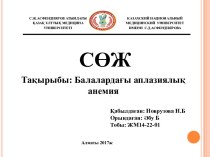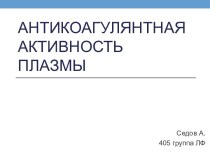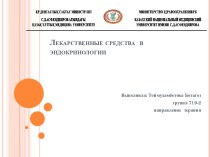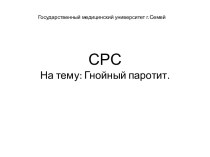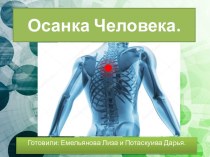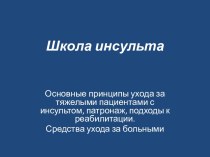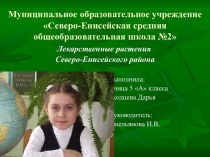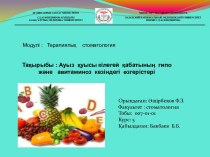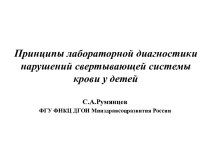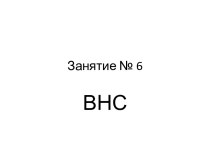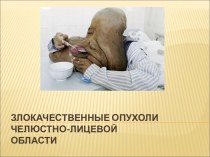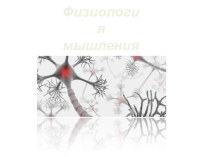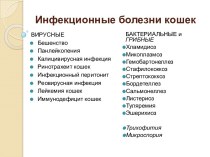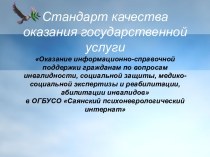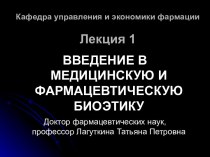- Главная
- Разное
- Бизнес и предпринимательство
- Образование
- Развлечения
- Государство
- Спорт
- Графика
- Культурология
- Еда и кулинария
- Лингвистика
- Религиоведение
- Черчение
- Физкультура
- ИЗО
- Психология
- Социология
- Английский язык
- Астрономия
- Алгебра
- Биология
- География
- Геометрия
- Детские презентации
- Информатика
- История
- Литература
- Маркетинг
- Математика
- Медицина
- Менеджмент
- Музыка
- МХК
- Немецкий язык
- ОБЖ
- Обществознание
- Окружающий мир
- Педагогика
- Русский язык
- Технология
- Физика
- Философия
- Химия
- Шаблоны, картинки для презентаций
- Экология
- Экономика
- Юриспруденция
Что такое findslide.org?
FindSlide.org - это сайт презентаций, докладов, шаблонов в формате PowerPoint.
Обратная связь
Email: Нажмите что бы посмотреть
Презентация на тему Pneumonia in children. Diagnostics and treatment
Содержание
- 2. Plan of the lecture1. Definition pneumonia2. Etiology3. Pneumonia pathogenesis4. Classification of pneumonia5. Pneumonia treatment
- 3. Pneumonia is a group of acute focal
- 4. Predisposed anatomy-physiologic peculiarities in children to pneumonia
- 5. Predisposing premorbid factors for pneumonia Premature newbornsSevere
- 6. Pneumonia etiologyStreptococcus Pneumonia ( 60-80% cases of
- 7. All microorganisms from sputum are divided into 3 groupspathogenicprovisional pathogenicnonpathogenic
- 8. Pathogenic are microorganisms with complementary receptors to
- 9. Diagnostic criteria of bacterial pneumoniaAnamnestic dataHospital acquired
- 10. Pneumonia classification in children
- 11. Focal pneumonia (30-40% of pneumonia)It frequently starts
- 12. Focal-confluent pneumoniaSeveral segments are affected or the
- 13. Segmental PneumoniaPneumonia affects one or several segments.
- 14. Interstitial pneumonia (1% of all pneumonia)Acute inflammation
- 15. Croupous pneumoniaClassic example of community acquired pneumonia.
- 16. Respiratory Failure –is a condition of disturbed
- 17. Clinical classification of respiratory failure Grade IDyspnea
- 18. Main principles of pneumonia treatmentTreatment must be
- 19. Indications for hospitalization InfantsRespiratory failure, necessity of
- 20. Pay attention for Respiratory rate ( main
- 21. It’s importantAir humidification in room where child
- 22. Etiotropic therapyFoundation of etiotropic treatment is empiric
- 23. Main groups of antimicrobial drugsBeta-lactams1. Penicillines2. Cephalosporines3. Monobactams (Aztreonam)4. Carbapenems (Imipenem, Meropenem)AminoglycosidesFluoroquinolonesMacrolidesGlycopeptidesNitromidazolinesTetracyclinesChloramphenicolLyncosaminesNitrophuranes SulfanilamidesAntituberculosisAntifungal
- 24. Main statements of antibiotic therapyAntibiotic administration must
- 25. Efficacy criteria of antibiotic therapy in pneumoniaEfficacy
- 26. Effects of antibiotic therapyComplete effect- temperature decreasing
- 27. Side effects of antibiotic medication
- 28. Pathogenic treatment Respiratory supplementation according to respiratory
- 29. Segmental structure of lungs (scheme)
- 30. QuestionsTo indicate etiologic and pathophysiologic factors at
- 31. Pneumonia complication- pneumothorax
- 39. Скачать презентацию
- 40. Похожие презентации
Plan of the lecture1. Definition pneumonia2. Etiology3. Pneumonia pathogenesis4. Classification of pneumonia5. Pneumonia treatment

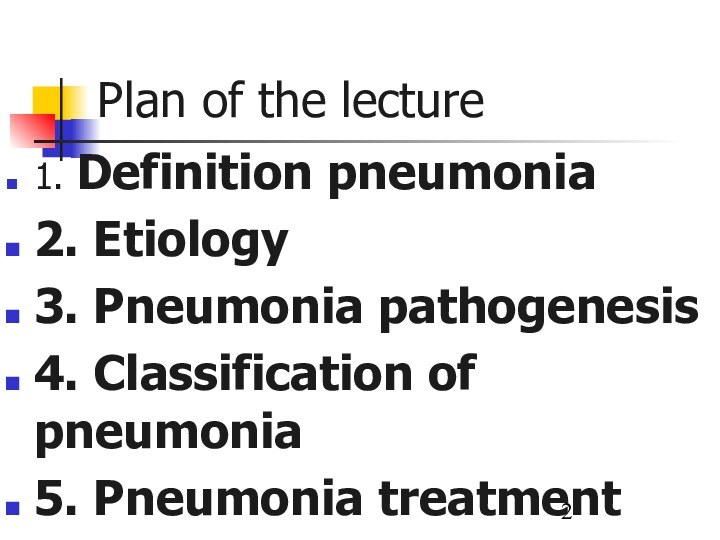

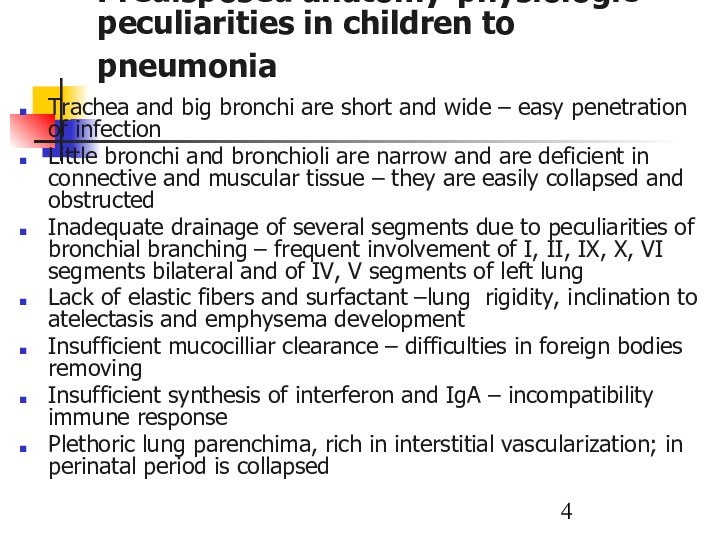


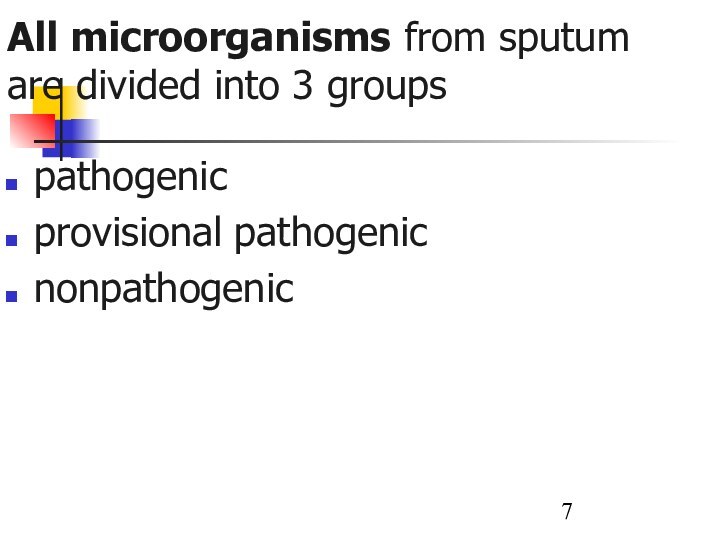




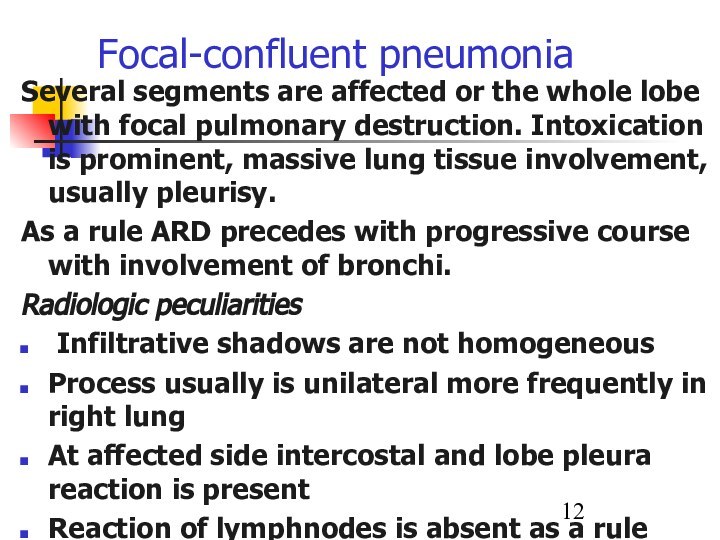
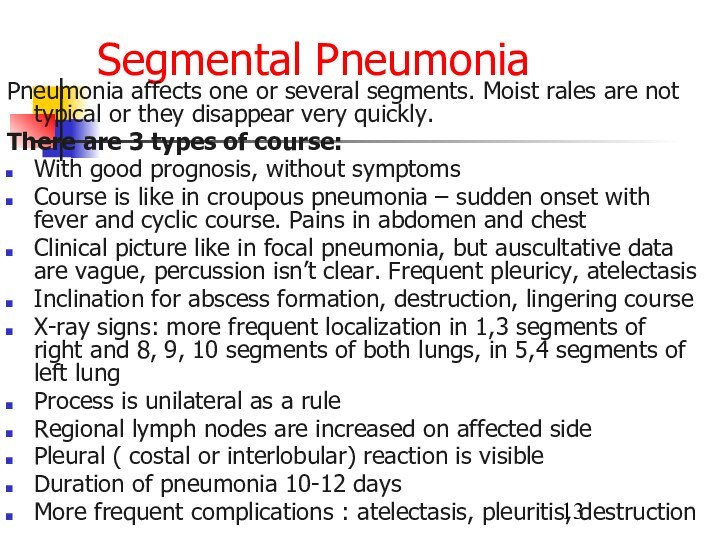

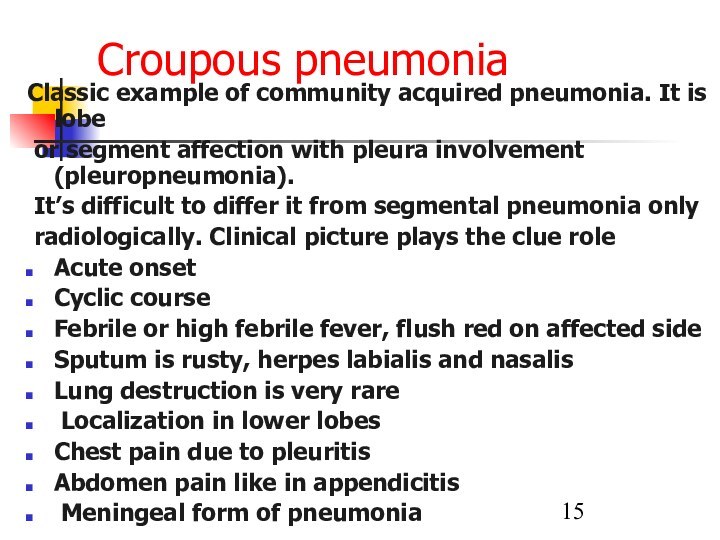







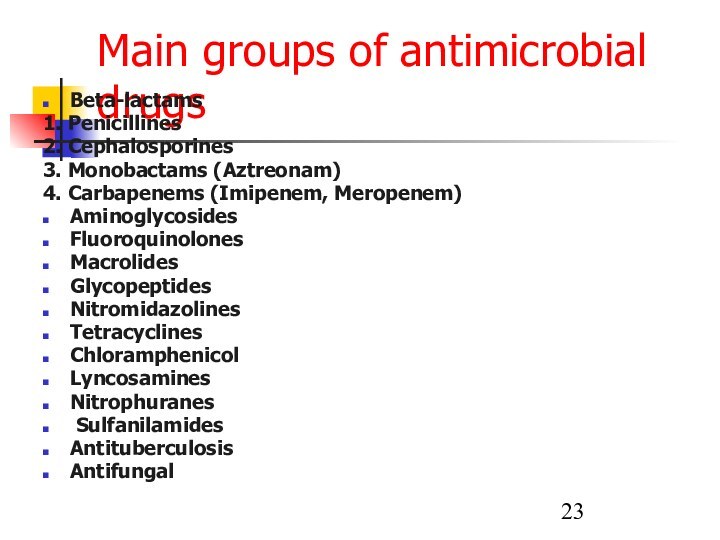

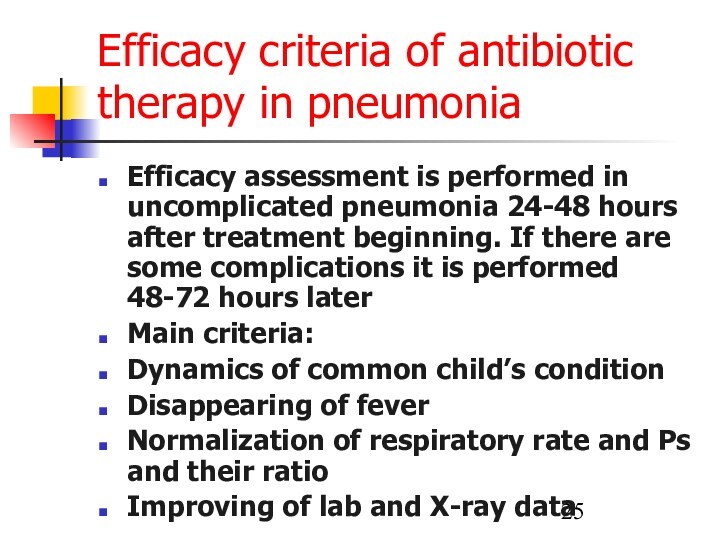
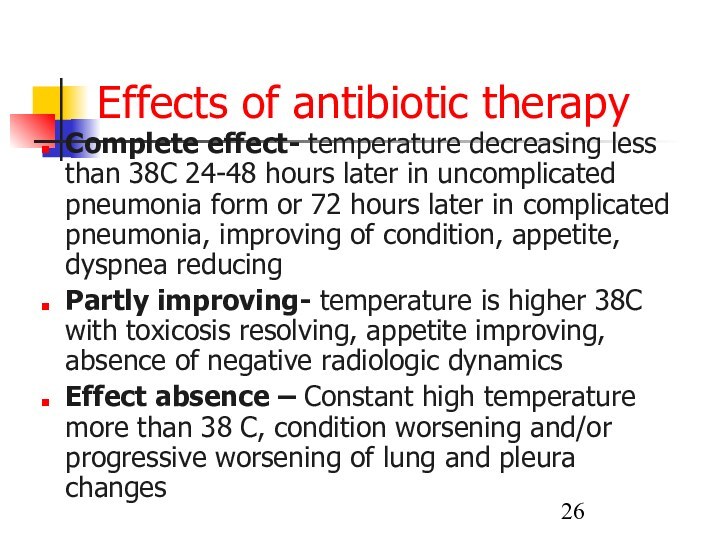
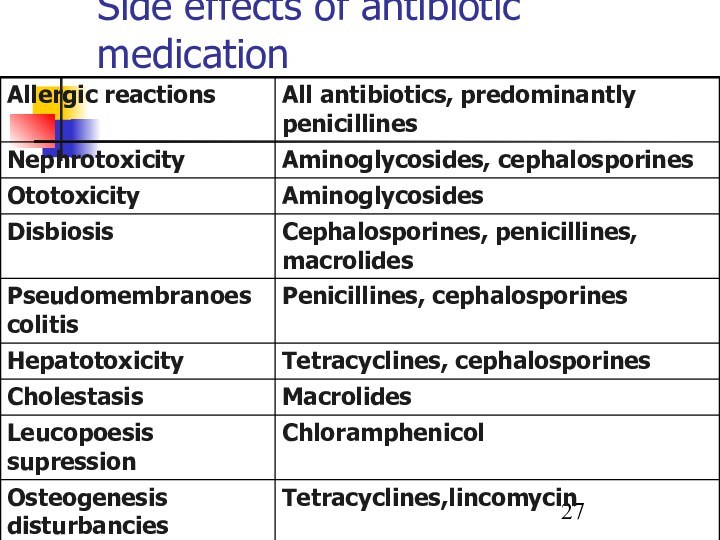


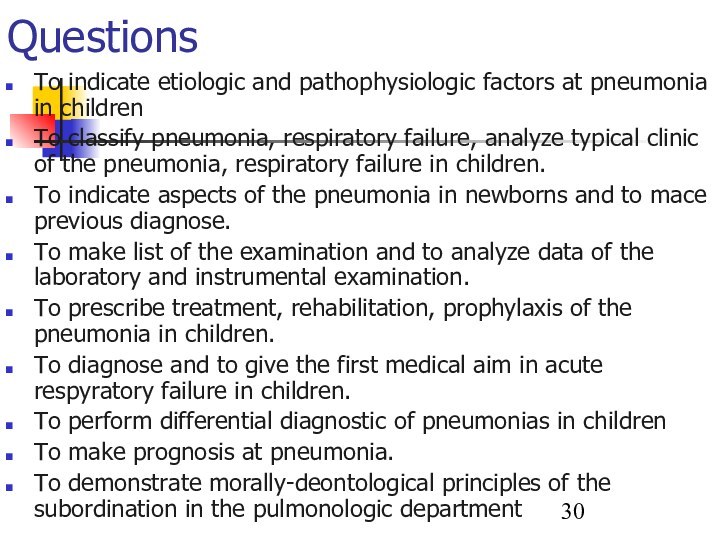




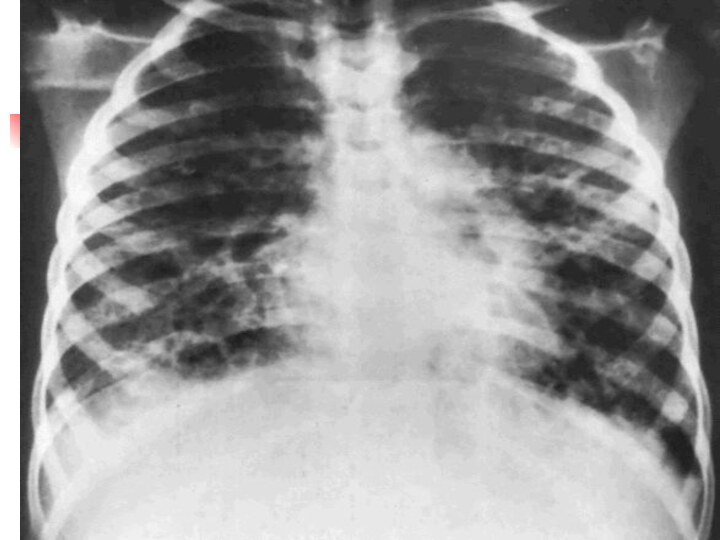




Слайд 3 Pneumonia is a group of acute focal infectious
inflammatory diseases varied in etiology, pathogenesis and morphologic characteristic
with predominant involvement in pathologic process of respiratory tract with invariable presence of alveolar inflammatory exudate.
Слайд 4
Predisposed anatomy-physiologic peculiarities in children to pneumonia
Trachea
and big bronchi are short and wide – easy
penetration of infectionLittle bronchi and bronchioli are narrow and are deficient in connective and muscular tissue – they are easily collapsed and obstructed
Inadequate drainage of several segments due to peculiarities of bronchial branching – frequent involvement of I, II, IX, X, VI segments bilateral and of IV, V segments of left lung
Lack of elastic fibers and surfactant –lung rigidity, inclination to atelectasis and emphysema development
Insufficient mucocilliar clearance – difficulties in foreign bodies removing
Insufficient synthesis of interferon and IgA – incompatibility immune response
Plethoric lung parenchima, rich in interstitial vascularization; in perinatal period is collapsed
Слайд 5
Predisposing premorbid factors for pneumonia
Premature newborns
Severe perinatal
pathology: prenatal hypoxia, asphyxia, intrapartum trauma
Vomiting and regurgitation syndrome
Artificial
feedingConstitution anomalies
Rickets
Malnutrition
Congenital heart diseases
Cystic fibrosis
Congenital lung malformations
Surgical treatment
Inherited immunodeficiencies
Hypovitaminosis
Chronic focuses of infection
Smoking
Слайд 6
Pneumonia etiology
Streptococcus Pneumonia ( 60-80% cases of community
acquired pneumonia
Hemophilus influenzae
Moraxella Catarrhalis
In newborns and infants – Staphylococcus,
gram (-) microfloraMycoplasma pneumonia, Chlamidia psittaci, Chl.pneumonia (10-12%).
Severe pneumonia are caused by mixed micriflora
Pneumocystis pneumonia can develop only in immune compromised host (deep prematurity, combined immunodefficiancy, AIDS, imunosuppression)
Viral pneumonia is rare disease. It can be caused by flu, (hemorrhagic pneumonia,), in bronchiolitis, adenoviral and RS viral infection
Слайд 7 All microorganisms from sputum are divided into 3
groups
pathogenic
provisional pathogenic
nonpathogenic
Слайд 8 Pathogenic are microorganisms with complementary receptors to surface
cell receptors in respiratory tract. It gives them opportunity
to adhere and multiply on mucus membrane of respiratory tract. They are Pneumococcus, Hemophylus influenza, Legionella, Mycoplasma, Ricketsia, Mycobacterium tuberculosis etc. Provisional pathogenic are microorganisms that have no receptors and can’t be fixed on epithelium. Protective mechanisms can easily eliminate them. Only impairment of these mechanisms lead for their penetration, spreading and multiplying ( ARD, overcooling, immune suppression etc) Nonpathogenic microbes –microorganisms that can cause inflammation only in cases of severe degree of immunodeficiency. They are aerobe and anaerobe saprophytes from upper respiratory tract.
Слайд 9
Diagnostic criteria of bacterial pneumonia
Anamnestic data
Hospital acquired pneumonia
is developed in 48 hours after hospitalization and 48
h after discharging from hospitalBacterial intoxication symptoms
Clinical:
Fever more than 3 days
Tachycardia
Paleness, regurgitation
Lab data:
Neutrophyl leukocytosis
Elevated ESR
Functional respiratory disturbancies
Increased respiratory rate more than 20% from age norma
Accessory musculature involving in respiration
Cough or its equivalents
Cyanosis ( perioral, periorbital, diffuse)
Local symptoms in pneumonia:
Percussion sound shortening ( dullness)
Breathing sound conductivity changes (attenuation, rales)
Radiologic confirmation
Слайд 11
Focal pneumonia (30-40% of pneumonia)
It frequently starts from
bronchi – bronchopneumonia
Frequently developed after ARD
Cough is deep and
moistIntoxication
Respiratory failure can be present
Percussion pulmonary clear sound or even with resonance sound but under the focus shortening of the sound
Auscultation: focal bubbling rales, focal crepitation
If accompanied by bronchitis – bilateral dry and moist rales
Radiologic picture presence of interstitial involvement with focal infiltration of 1,5 cm in diameter
More younger the child more frequently affected upper lobes
Слайд 12
Focal-confluent pneumonia
Several segments are affected or the whole
lobe with focal pulmonary destruction. Intoxication is prominent, massive
lung tissue involvement, usually pleurisy.As a rule ARD precedes with progressive course with involvement of bronchi.
Radiologic peculiarities
Infiltrative shadows are not homogeneous
Process usually is unilateral more frequently in right lung
At affected side intercostal and lobe pleura reaction is present
Reaction of lymphnodes is absent as a rule
Слайд 13
Segmental Pneumonia
Pneumonia affects one or several segments. Moist
rales are not typical or they disappear very quickly.
There
are 3 types of course:With good prognosis, without symptoms
Course is like in croupous pneumonia – sudden onset with fever and cyclic course. Pains in abdomen and chest
Clinical picture like in focal pneumonia, but auscultative data are vague, percussion isn’t clear. Frequent pleuricy, atelectasis
Inclination for abscess formation, destruction, lingering course
X-ray signs: more frequent localization in 1,3 segments of right and 8, 9, 10 segments of both lungs, in 5,4 segments of left lung
Process is unilateral as a rule
Regional lymph nodes are increased on affected side
Pleural ( costal or interlobular) reaction is visible
Duration of pneumonia 10-12 days
More frequent complications : atelectasis, pleuritis, destruction
Слайд 14
Interstitial pneumonia (1% of all pneumonia)
Acute inflammation of
interstitium and less manifested affection of broncho alveolar structures
Paleness
is typicalPertussis –like cough
Tympanic resonance during percussion
Respiratory sound is rough, irregular dry and various moist bubbling rales
Prominent respiratory failure
Pathogen can’t be revealed in common way
More frequent causative factors are fungus, Pneumocystis, Chlamidia, Mycoplasma, Ricketsia, Legionellas
Слайд 15
Croupous pneumonia
Classic example of community acquired pneumonia. It
is lobe
or segment affection with pleura involvement (pleuropneumonia).
It’s difficult to differ it from segmental pneumonia onlyradiologically. Clinical picture plays the clue role
Acute onset
Cyclic course
Febrile or high febrile fever, flush red on affected side
Sputum is rusty, herpes labialis and nasalis
Lung destruction is very rare
Localization in lower lobes
Chest pain due to pleuritis
Abdomen pain like in appendicitis
Meningeal form of pneumonia
Слайд 16 Respiratory Failure –is a condition of disturbed gaseous
blood composition due to lung function failure or when
maintaining of proper partial O2 and CO2 containing is achieved by forcing of external respiratory structures that produce functional exhaustion of organism.
Слайд 17
Clinical classification of respiratory failure
Grade I
Dyspnea after
loading, in rest dyspnea is absent. Accessory musculature
isn’t
involved, irregular perioral cyanosis more visible after agitation. BP isnormal. HR ratio to RR=3,5-2,5 : 1`, tachycardia. Blood gases composition: PaCO2 <4,67 Kpa : Pa O2=8,76-10 kPa
Grade II
Dyspnea in rest, accessory musculature involvement, retractions in chest,
constant acrocyanosis, BP is elevated, tachycardia, flaccidity, drowsiness,
adynamia. HR ratio RR = 2-1,5 : 1: PaO2= 7,33-8,53 kPa: PaCO2 = 4,67-5,87 kPa
Grade III
Manifested dyspnea ( more than 50% from N). Bradypnoe and dyspnoe,
generalized cyanosis, paleness, marmour discoloration of skin.
Somnolence, muscular hypotonia, convulsions, coma. BP decreased HR
ratio RR is intermittent. Pa O2< 5,33 kPa, PaCO2> 9,87 kPa
Слайд 18
Main principles of pneumonia treatment
Treatment must be opportune
and integrated
Etiotropic therapy directed for eradication of pathogen
Treatment
of pathologic syndromes, complications and co-morbiditiesRational rehabilitation process
Слайд 19
Indications for hospitalization
Infants
Respiratory failure, necessity of oxygen
therapy, manifested intoxication
Dehydration, impossibility of oral drinking
Unfavourable premorbid condition,
immune deficiency, developmental anomaliesSuspicion as for Staphylococcal etiology, complications like pleuritis. Ineffective home treatment within 24-36 hours
Inability to organize effective home treatment
Слайд 20
Pay attention for
Respiratory rate ( main index).
In children 2-12 mo old
RR> 50/min and for children 12 mo- 5 y.o RR>40/min is threatening.Retractions of chest lower part
Stridor
Слайд 21
It’s important
Air humidification in room where child is
present
Clothes must be suitable, surrounding temperature must be optimal
Main
task is normalization of nose passage of airSleeping must be organized with raised head part of bed
Parents mustn’t prohibit child to cough
To provide with proper intake of liquids intake by oral or parenteral way
Feeding must be usual for age enriched by vitamins
Слайд 22
Etiotropic therapy
Foundation of etiotropic treatment is empiric start
antibiotic therapy with following its correction
Empiric start antibacterial therapy
is performed depending on expected causative factor
Слайд 23
Main groups of antimicrobial drugs
Beta-lactams
1. Penicillines
2. Cephalosporines
3. Monobactams
(Aztreonam)
4. Carbapenems (Imipenem, Meropenem)
Aminoglycosides
Fluoroquinolones
Macrolides
Glycopeptides
Nitromidazolines
Tetracyclines
Chloramphenicol
Lyncosamines
Nitrophuranes
Sulfanilamides
Antituberculosis
Antifungal
Слайд 24
Main statements of antibiotic therapy
Antibiotic administration must peroral
in community acquired uncomplicated pneumonia
In case of severe course
only parenteral antibiotic administration, combinations of antibioticsIneffectiveness of beta-lactams indicate resistant or atypical microorganisms presence
Duration of uncomplicated community acquired pneumonia is 7-10 days. In case of complications duration must be not less than 14 days
In case of parenteral antibiotic administration condition improvement demand change antibiotic administration for oral intake so called step approach
First antibiotic course mustn’t combined with antifungal drugs
Слайд 25
Efficacy criteria of antibiotic therapy in pneumonia
Efficacy assessment
is performed in uncomplicated pneumonia 24-48 hours after treatment
beginning. If there are some complications it is performed 48-72 hours laterMain criteria:
Dynamics of common child’s condition
Disappearing of fever
Normalization of respiratory rate and Ps and their ratio
Improving of lab and X-ray data
Слайд 26
Effects of antibiotic therapy
Complete effect- temperature decreasing less
than 38C 24-48 hours later in uncomplicated pneumonia form
or 72 hours later in complicated pneumonia, improving of condition, appetite, dyspnea reducingPartly improving- temperature is higher 38C with toxicosis resolving, appetite improving, absence of negative radiologic dynamics
Effect absence – Constant high temperature more than 38 C, condition worsening and/or progressive worsening of lung and pleura changes
Слайд 28
Pathogenic treatment
Respiratory supplementation according to respiratory failure
Desintoxication.
If indications are present intravenous infusion is performed to
correct acidic – basic condition, fluid and electrolyte disordersSymptomatic treatment can include antipyretics etc.
Слайд 30
Questions
To indicate etiologic and pathophysiologic factors at pneumonia
in children
To classify pneumonia, respiratory failure, analyze typical clinic
of the pneumonia, respiratory failure in children.To indicate aspects of the pneumonia in newborns and to mace previous diagnose.
To make list of the examination and to analyze data of the laboratory and instrumental examination.
To prescribe treatment, rehabilitation, prophylaxis of the pneumonia in children.
To diagnose and to give the first medical aim in acute respyratory failure in children.
To perform differential diagnostic of pneumonias in children
To make prognosis at pneumonia.
To demonstrate morally-deontological principles of the subordination in the pulmonologic department

